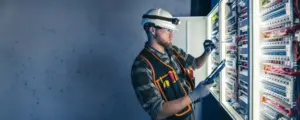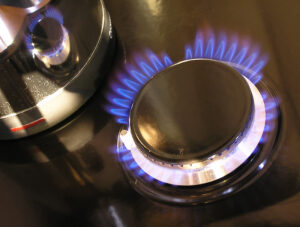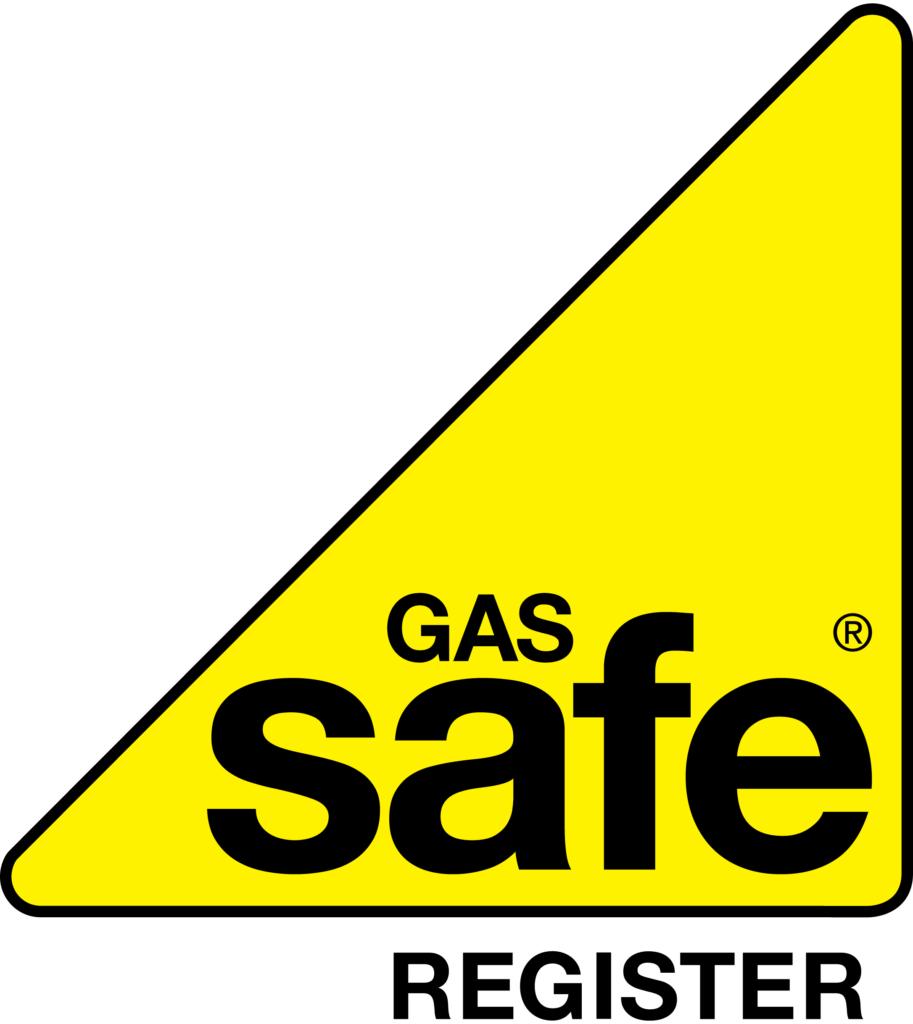Introduction
An Electrical Installation Condition Report (EICR) is a crucial assessment designed to evaluate the safety and condition of a property’s electrical system. This inspection ensures that electrical installations, wiring, sockets, consumer units, and other essential components meet the BS 7671 Wiring Regulations and are safe for use.
For landlords, an EICR is legally required to ensure that a rental property is electrically safe before tenants move in. For homeowners and business owners, an EICR provides peace of mind that the electrical system does not pose any safety risks.
Table of Contents
ToggleBut what happens if an EICR fails?
A failed EICR means that certain electrical issues have been identified that need rectification before the property can be deemed safe. The severity of the failure depends on the specific issues found, but in some cases, urgent remedial work may be required before the property can be legally occupied or rented out.
This guide will cover:
- The reasons an EICR fails
- Understanding the failure classifications
- The consequences of a failed EICR
- Steps to take after a failed EICR test
- How to prevent a failure in the future
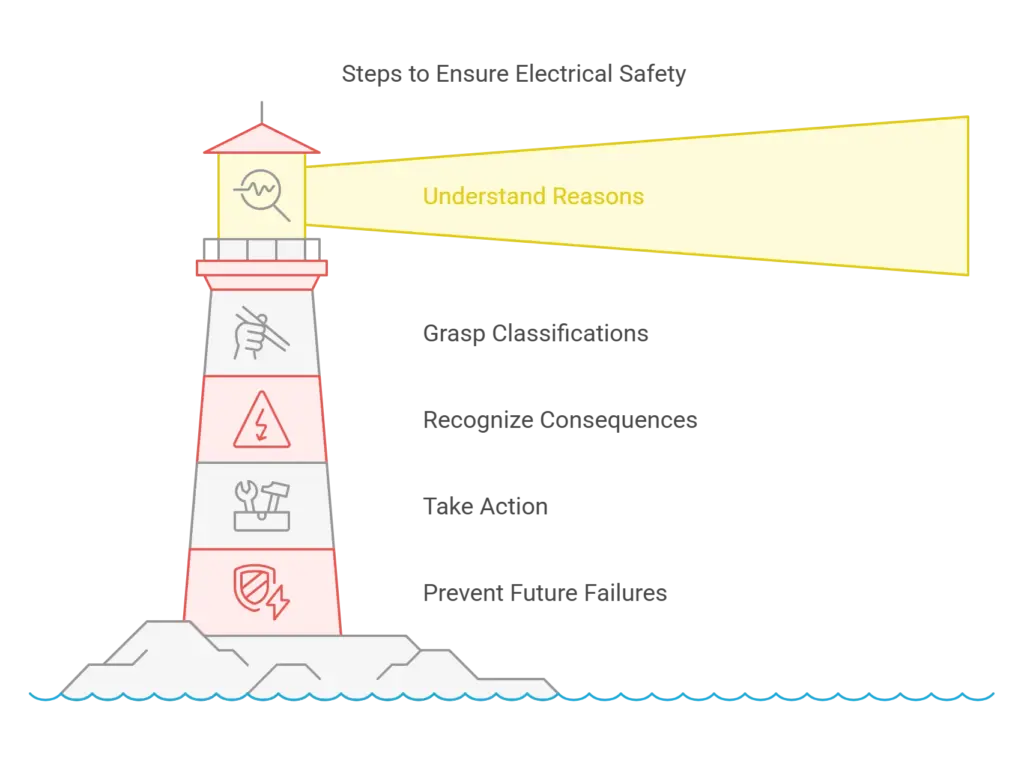
Common Reasons for EICR Failure
Several issues can lead to an EICR failure, ranging from minor electrical defects to serious safety hazards that require immediate attention.
1. Lack of RCD Protection
Residual Current Devices (RCDs) are essential for protecting people from electrical shocks and preventing fires. Older electrical installations may lack RCDs on key circuits, which can result in an EICR failure.
In particular, an EICR may fail if RCDs are missing from:
- Sockets used to power outdoor equipment
- Bathrooms and other areas where water is present
- Circuits supplying kitchen appliances
2. Old or Deteriorated Wiring
Over time, electrical wiring can deteriorate, increasing the risk of electrical fires and shocks. Older wiring materials, such as rubber or lead-insulated cables, are no longer compliant with modern safety standards. If an electrician finds outdated or damaged wiring, an EICR failure is likely.
3. Exposed Live Wires
Any exposed wiring or loose connections can pose a significant safety risk. Electrical wires should always be properly insulated and enclosed to prevent accidental contact, which can lead to electric shock or fire hazards.
4. Overloaded Circuits
Electrical circuits are designed to handle a specific load, and when too many appliances or devices are connected to a single circuit, it can cause overheating. This increases the risk of electrical fires and short circuits, leading to an EICR failure.
5. Plastic Consumer Units (Fuse Boxes)
Modern consumer units are made from fire-resistant metal, whereas older units made from plastic do not meet current safety regulations. A plastic consumer unit does not automatically fail an EICR, but if it is located under a combustible material (such as a wooden staircase) or shows signs of overheating, it may result in a failure classification.
6. Insufficient Earthing or Bonding
Proper earthing and bonding are essential to prevent electrical shocks. If an EICR inspection finds that earthing systems are missing, damaged, or improperly installed, the report will fail.
7. Faulty or Damaged Sockets and Switches
Sockets and switches must be properly secured, free of damage, and not show any signs of overheating. Cracked, loose, or burnt sockets can result in an EICR failure.
Understanding EICR Failure Classifications

An EICR uses a coding system to classify issues based on their severity.
C1 – Danger Present (Immediate Failure)
A C1 classification means that an immediate danger exists, and remedial action is required without delay. This might include:
- Exposed live wires
- Severely damaged electrical components
- Serious faults that pose an immediate risk of fire or electric shock
If a C1 issue is found, the electrician conducting the EICR may disconnect the dangerous part of the electrical system immediately.
C2 – Potentially Dangerous (Failure)
A C2 classification indicates that an issue is not immediately dangerous but has the potential to become hazardous if not addressed. This might include:
- Lack of RCD protection in areas where it is required
- A deteriorating consumer unit
- Incorrect earthing or bonding arrangements
Any C2 issue results in an automatic failure, and remedial work is required before the installation can be deemed safe.
C3 – Improvement Recommended (Pass)
A C3 classification does not result in a failure but indicates that improvements are recommended. Examples include:
- Plastic consumer units that are in good condition
- Minor deterioration of sockets or switches
Does a C2 Mean an EICR Failure?
Yes, a C2 issue results in a failed EICR. Unlike a C3 classification, which is only a recommendation for improvement, a C2 fault must be rectified for the report to pass.
Consequences of a Failed EICR
A failed Electrical Installation Condition Report (EICR) can have serious legal, financial, and safety implications. Whether you are a landlord, business owner, or homeowner, failing an EICR means that your electrical system has been deemed unsafe and must be rectified as soon as possible.
1. Legal Consequences
For landlords, electrical safety laws are strict, and failing to address issues highlighted in a failed EICR can lead to:
- Fines of up to £30,000 under the Electrical Safety Standards in the Private Rented Sector (England) Regulations 2020.
- Potential legal action if a tenant is harmed due to unsafe electrical installations.
- Difficulty renting out the property, as a valid EICR is a legal requirement for rental properties.
- Local authority enforcement, where councils can serve a remedial notice requiring landlords to complete repairs. If ignored, the council can arrange the repairs themselves and bill the landlord.
For business owners, failing an EICR means that the property may not comply with:
- Health and Safety at Work Act 1974 – Employers must ensure workplace electrical safety.
- The Electricity at Work Regulations 1989 – Businesses are required to maintain electrical installations in a safe condition.
- Insurance Policy Breach – Many commercial insurance policies require a valid EICR. A failed EICR that is not rectified could invalidate insurance claims in the event of an electrical accident or fire.
2. Financial Consequences
Ignoring a failed EICR can be costly. Some of the financial risks include:
- Higher repair costs – Minor electrical issues can escalate into major faults, leading to expensive remedial work.
- Lost rental income – If a property cannot legally be rented out, landlords will suffer from prolonged void periods.
- Business disruptions – If a commercial premises fails an EICR, it may need to close temporarily for urgent electrical work.
3. Safety Risks
The most significant consequence of a failed EICR is the increased risk of electrical hazards, including:
- Electric shocks – Poor wiring, exposed cables, or faulty sockets can result in severe injuries.
- Electrical fires – Overloaded circuits, old wiring, or lack of RCD protection can increase the risk of fires, endangering lives and property.
- Equipment damage – Faulty electrical systems can cause power surges that damage expensive appliances and equipment.
If an EICR fails, it should never be ignored. The safety risks alone make it critical to act immediately.
What to Do After a Failed EICR Test
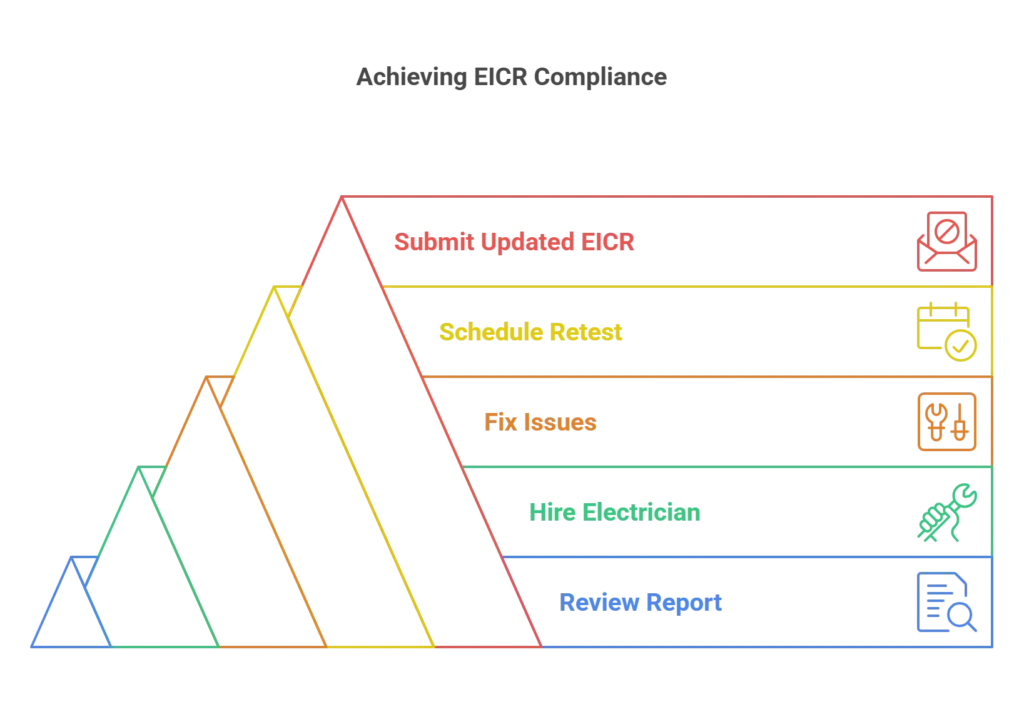
If your EICR fails, don’t panic—there are clear steps to follow to bring your property back into compliance.
Step 1: Carefully Review the EICR Report
When an electrician completes an EICR inspection, they will provide a detailed report outlining:
- The faults found
- The classification codes (C1, C2, C3)
- Recommendations for remedial work
Check if the report mentions any C1 or C2 issues, as these must be resolved before the property can pass.
Step 2: Hire a Qualified Electrician
Only a certified electrician can carry out remedial work and issue an updated EICR. Look for electricians who are:
- Registered with NICEIC, NAPIT, or another accredited body
- Experienced in EICR remedial work
- Able to provide certification for completed repairs
Step 3: Fix All Identified Issues
The remedial work required will depend on the issues flagged in the failed report. Common fixes include:
- Upgrading outdated wiring
- Replacing a plastic consumer unit with a metal one
- Installing RCD protection on circuits
- Fixing faulty sockets, switches, or loose connections
The timeframe for completing these repairs varies, but for rental properties, landlords legally have 28 days to complete the work and submit proof to tenants and local authorities.
Step 4: Schedule a Retest
Once all issues have been addressed, a retest must be conducted. The electrician will inspect the remedial work and issue:
- A satisfactory EICR if the electrical system is now safe.
- A new report highlighting any remaining issues, if applicable.
Step 5: Submit the Updated EICR (If Required)
For landlords, the new EICR must be:
- Provided to tenants within 28 days.
- Sent to the local council if requested.
- Kept for records and supplied to future tenants or property buyers when necessary.
Ignoring a failed EICR or delaying repairs can lead to legal action and potential safety risks. Always act immediately after receiving a failed report.
How to Prevent an EICR Failure
Preventing an EICR failure is the best way to avoid costly repairs, legal issues, and safety hazards. Here’s how you can proactively maintain your electrical system and ensure it remains compliant.
1. Schedule Regular Electrical Inspections
Instead of waiting for the next five-yearly EICR, book periodic inspections to catch small issues early.
- Landlords should schedule a basic electrical check each year to ensure compliance.
- Homeowners should have an EICR at least every 10 years, but more frequent checks may be needed in older properties.
- Businesses should follow workplace safety guidelines and schedule routine electrical maintenance.
2. Upgrade Old or Non-Compliant Installations
One of the most common reasons for EICR failures is outdated electrical components. To prevent failures:
- Replace old fuse boxes with modern consumer units with RCD protection.
- Upgrade wiring in older properties (especially if it still has rubber or lead insulation).
- Ensure all sockets and switches are modern and in good condition.
3. Ensure RCD Protection is Installed
Many failed EICRs occur because residual current devices (RCDs) are missing where they are required.
- If your property lacks RCD protection on circuits supplying outdoor sockets, bathrooms, or kitchen appliances, get them installed before your next EICR.
4. Regularly Check for Electrical Wear and Tear
Even if you are not an electrician, you can visually inspect your electrical system for:
- Burn marks or overheating on sockets and switches
- Loose or exposed wiring
- Flickering lights, buzzing sounds, or frequent circuit trips
If you notice any of these issues, call an electrician before your next EICR to address them.
5. Maintain Proper Earthing and Bonding
Faulty or missing earthing and bonding is a common reason for EICR failures. Ensuring that your property has proper earthing connections for water pipes, gas meters, and electrical circuits can prevent failures.
6. Avoid Overloading Circuits
Overloading circuits can cause overheating and trip breakers. To prevent this:
- Spread appliances across different sockets instead of using extension leads.
- Ensure high-power appliances (e.g., ovens, washing machines) are on dedicated circuits.
- Consider upgrading your electrical system if your property has high electricity demands.
Conclusion
A failed EICR is not just an inconvenience—it’s a serious safety and legal issue that must be addressed immediately. If your EICR fails, take the necessary steps to fix all faults, retest the installation, and ensure compliance with safety regulations.
By proactively maintaining your electrical system, upgrading outdated components, and scheduling regular checks, you can avoid an EICR failure and ensure that your property remains safe and compliant for years to come.
If you need an EICR inspection or electrical remedial work, contact a qualified electrician today to prevent issues before they arise.


